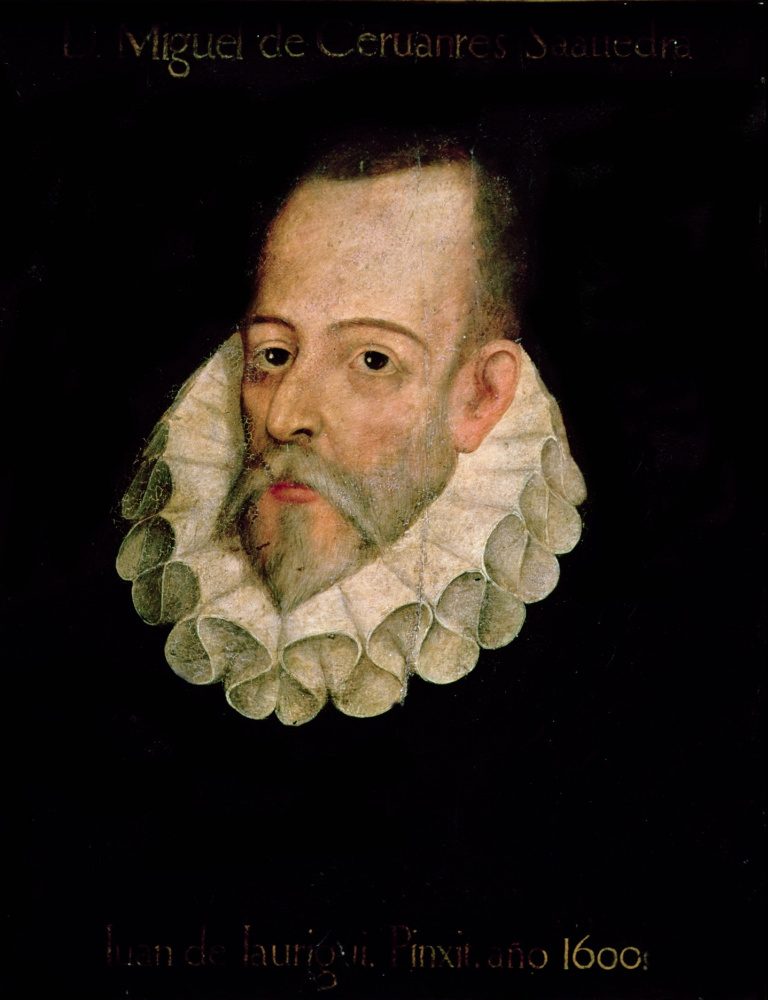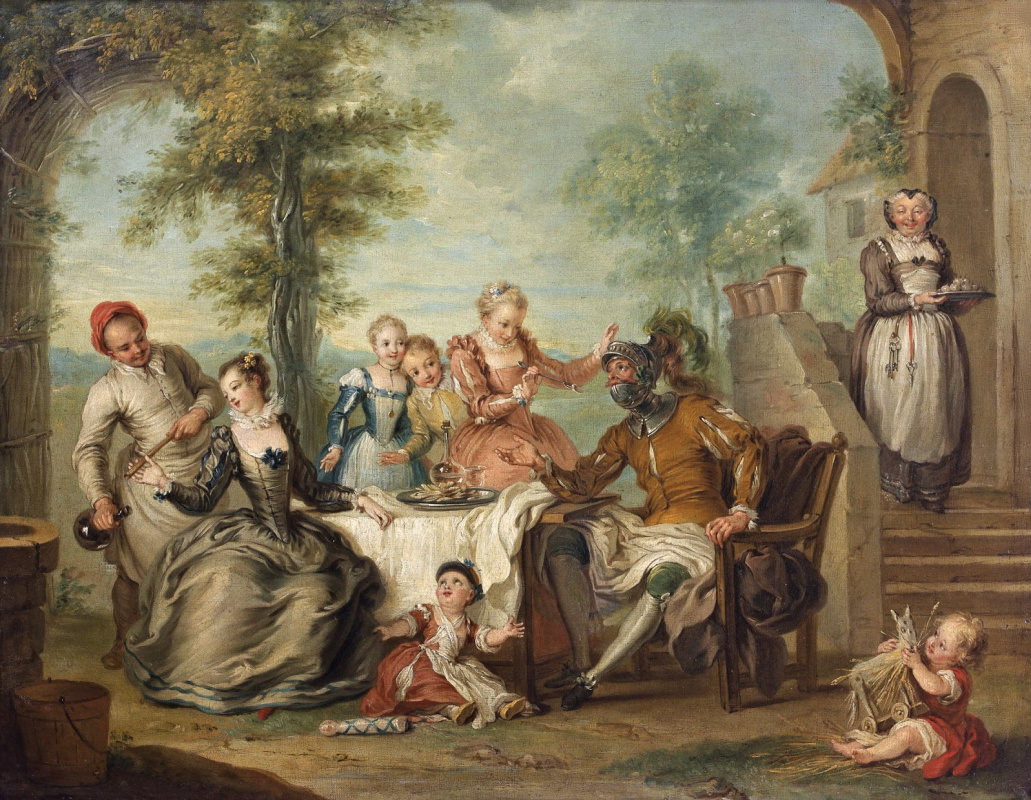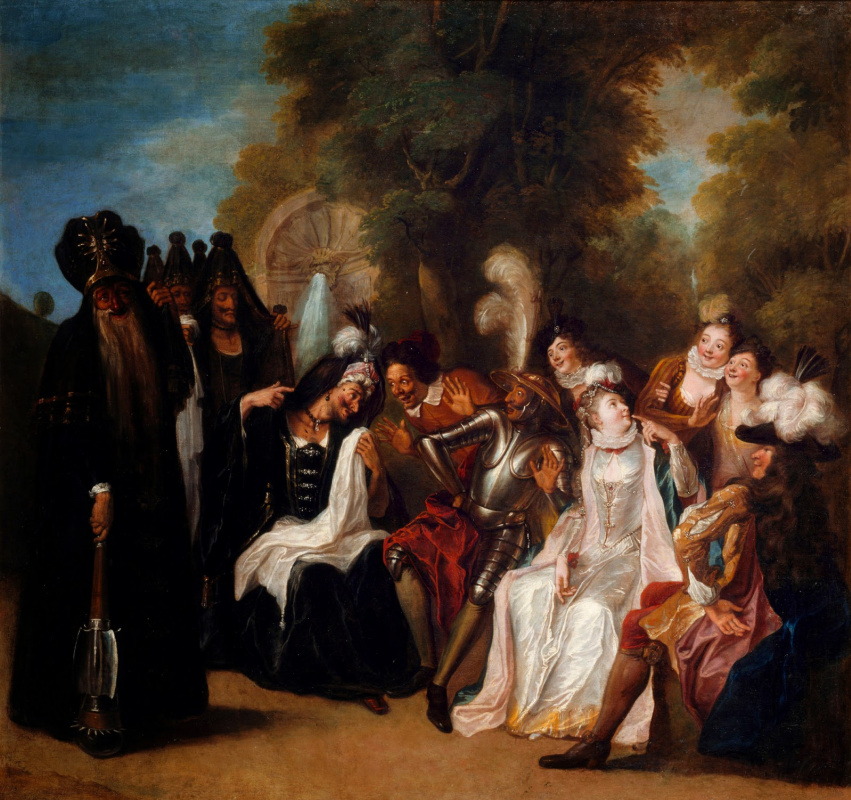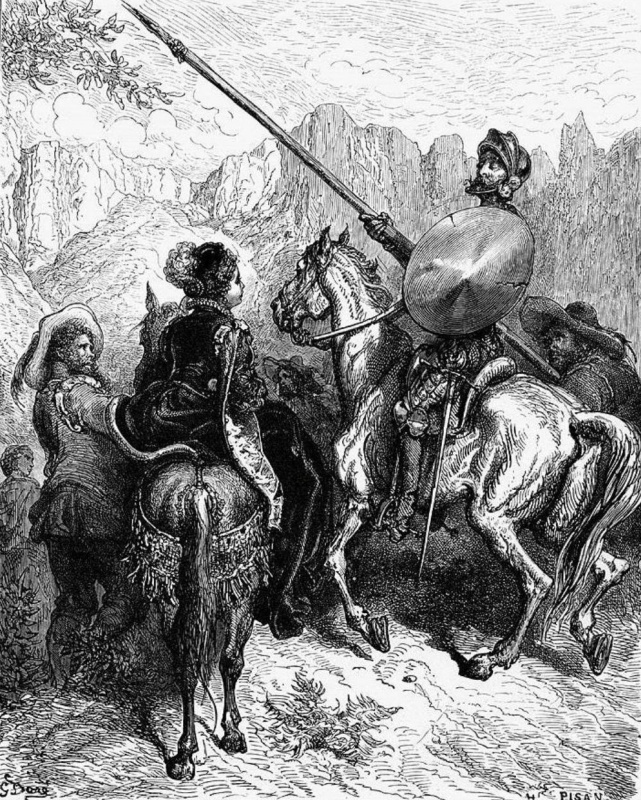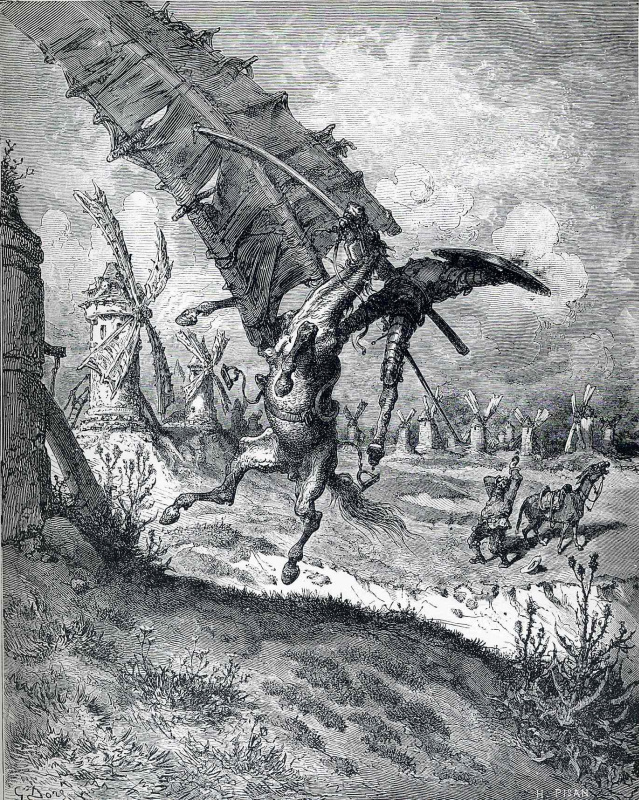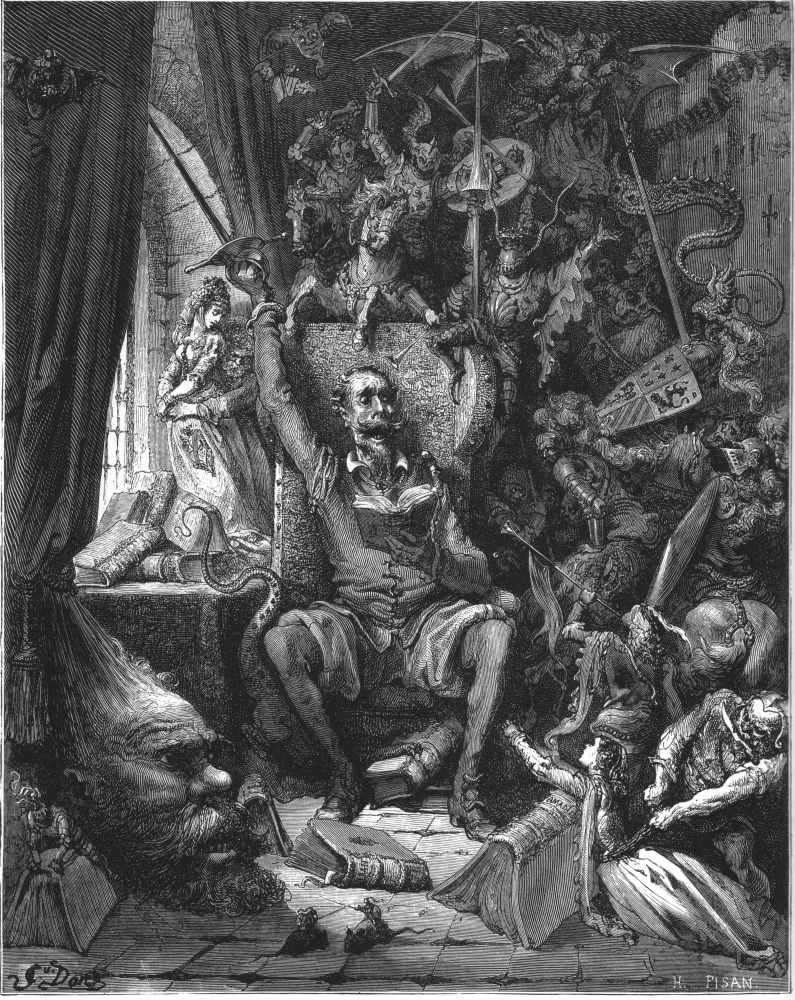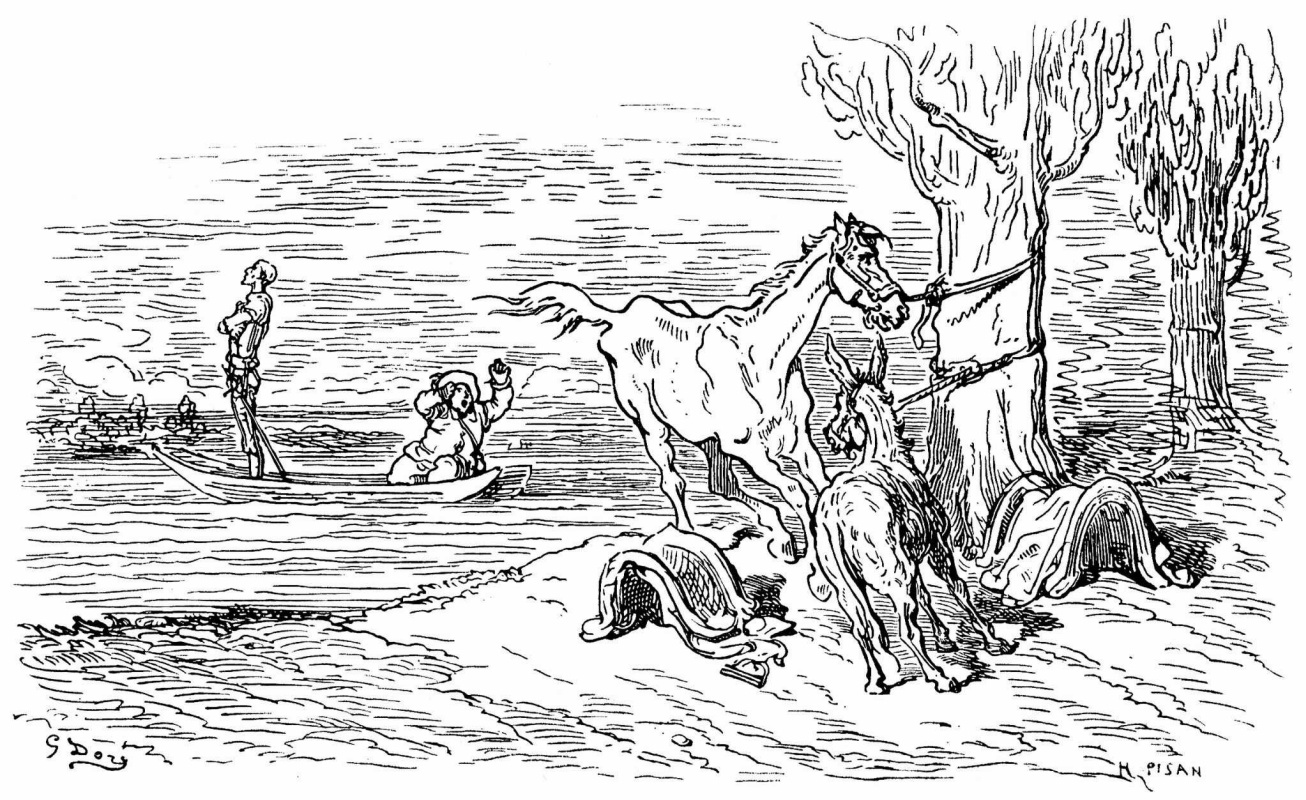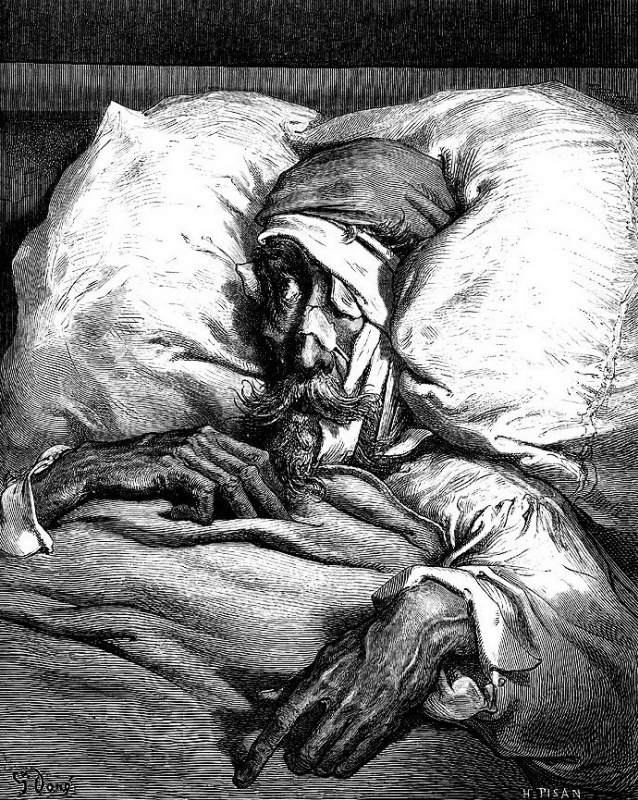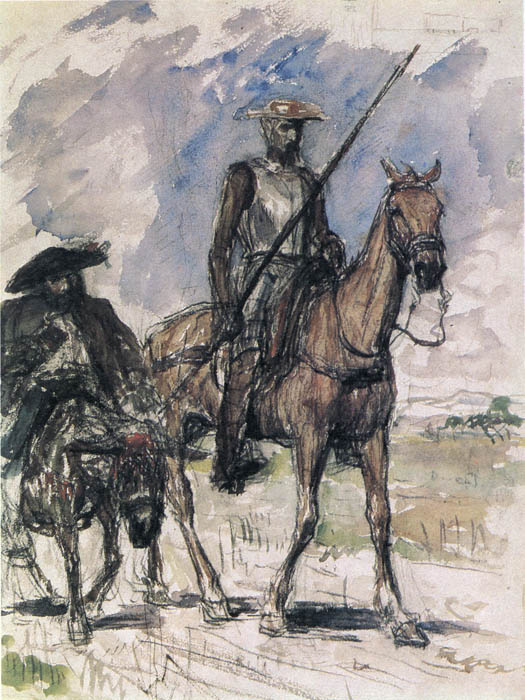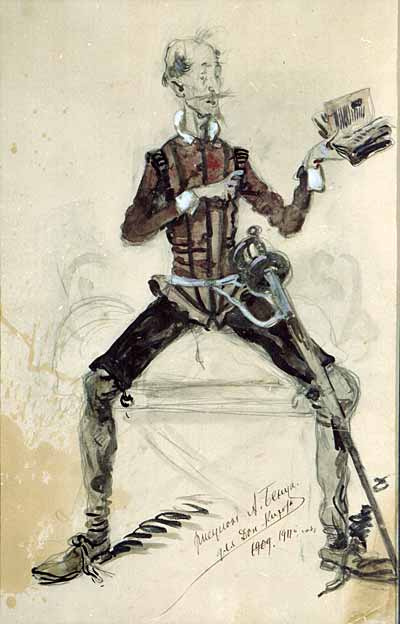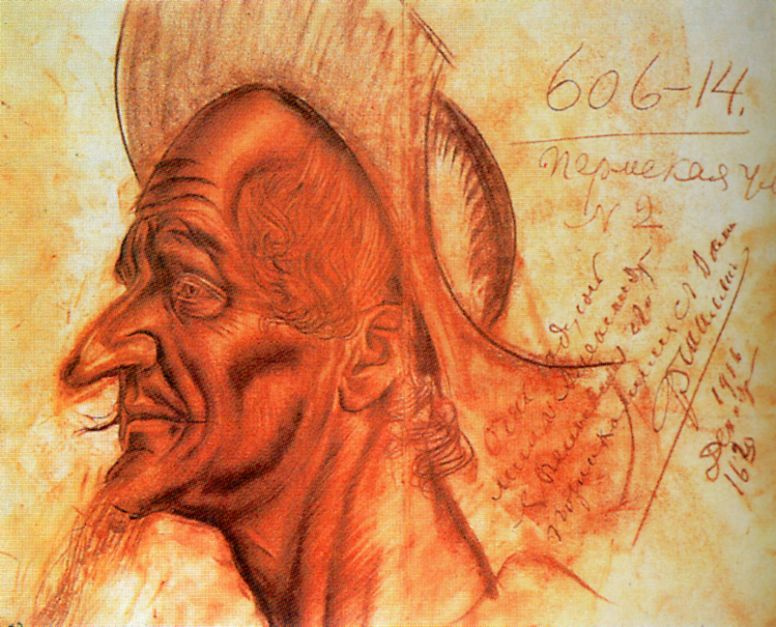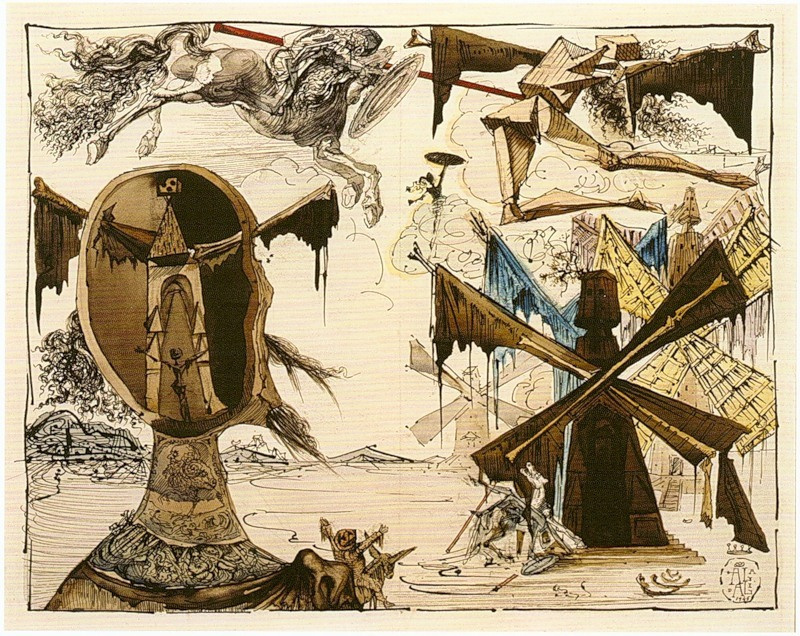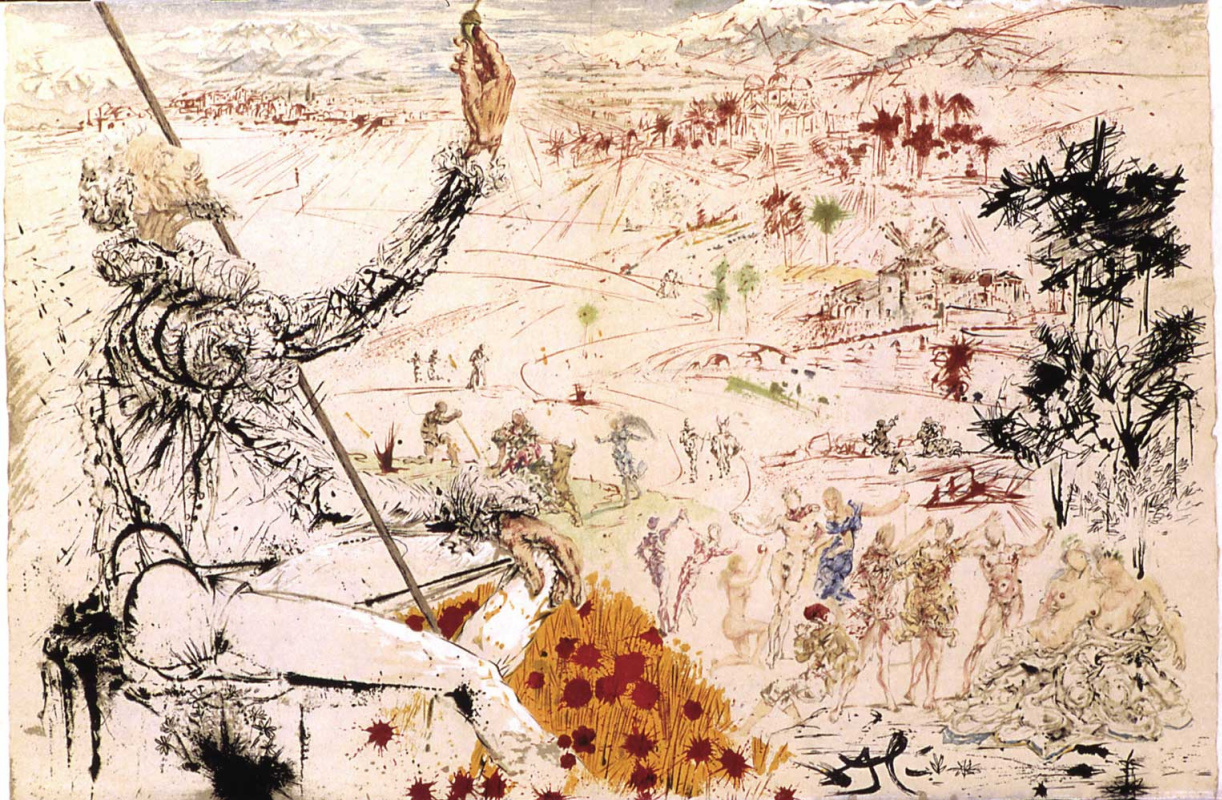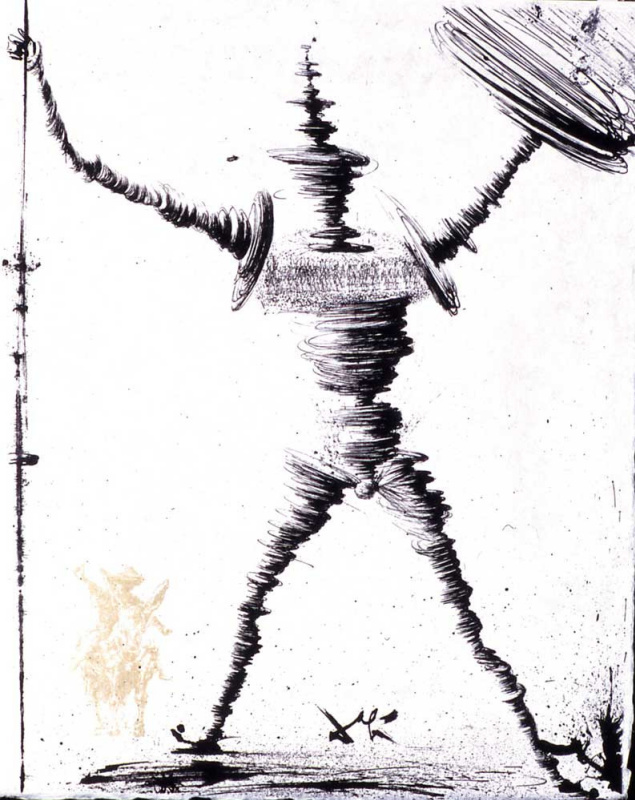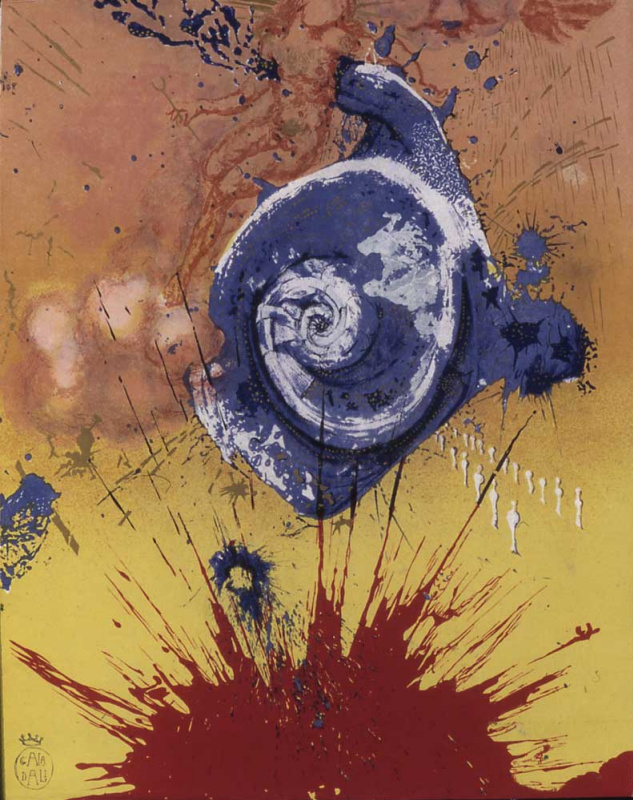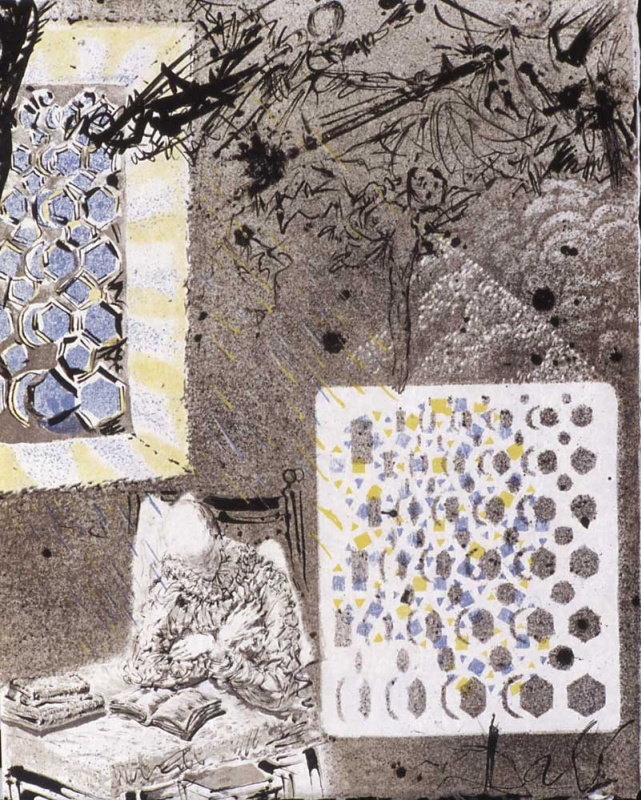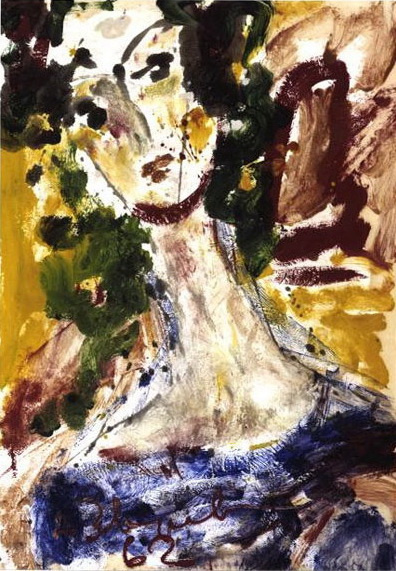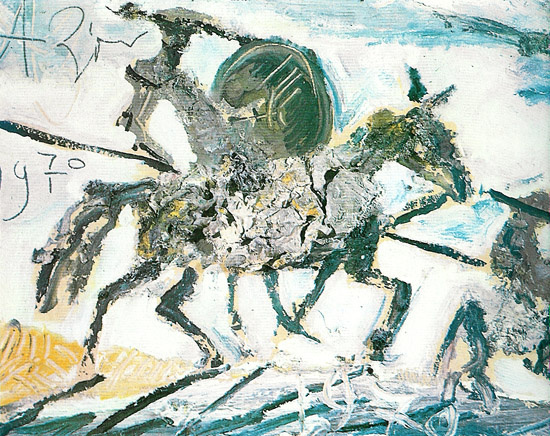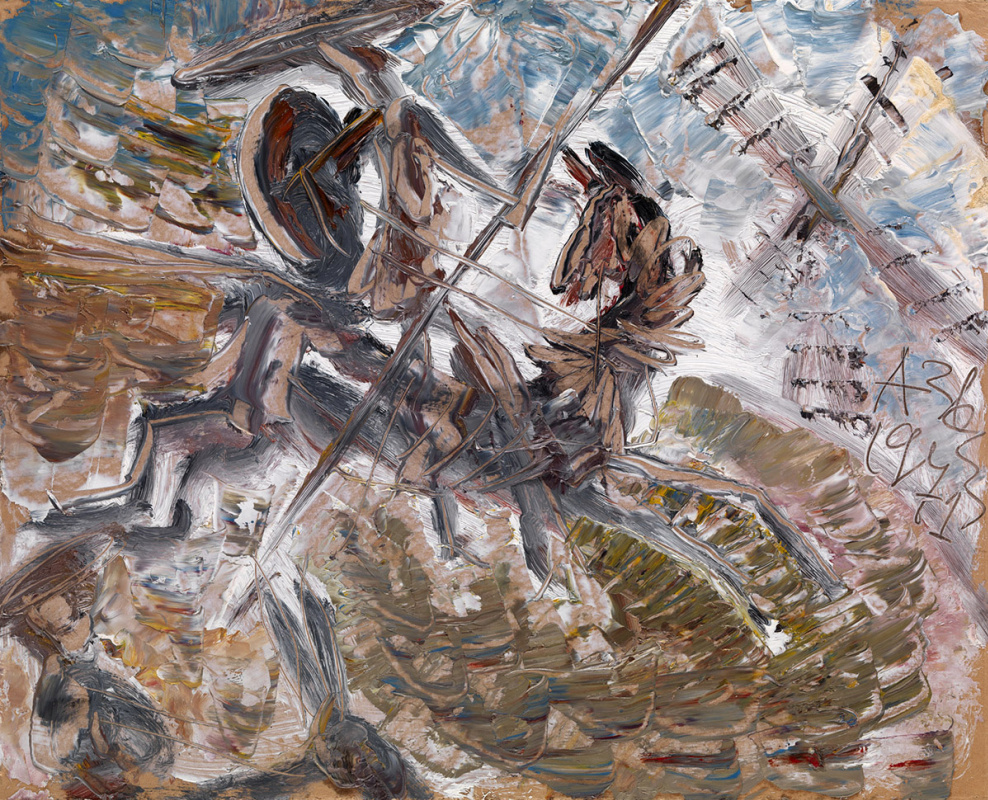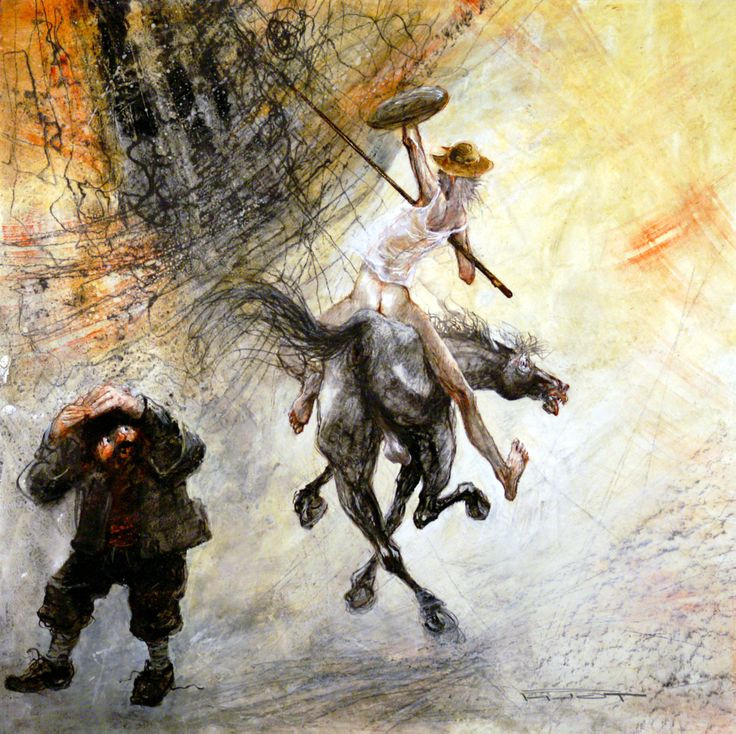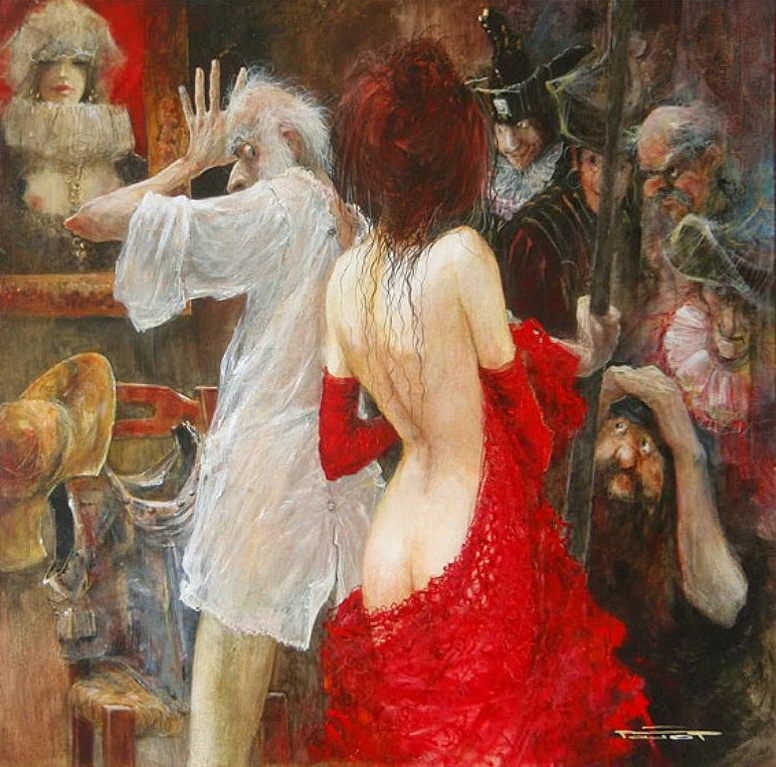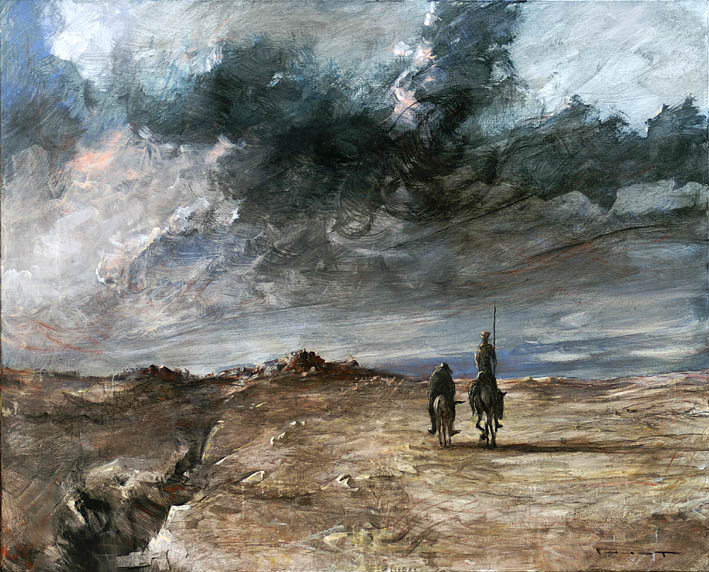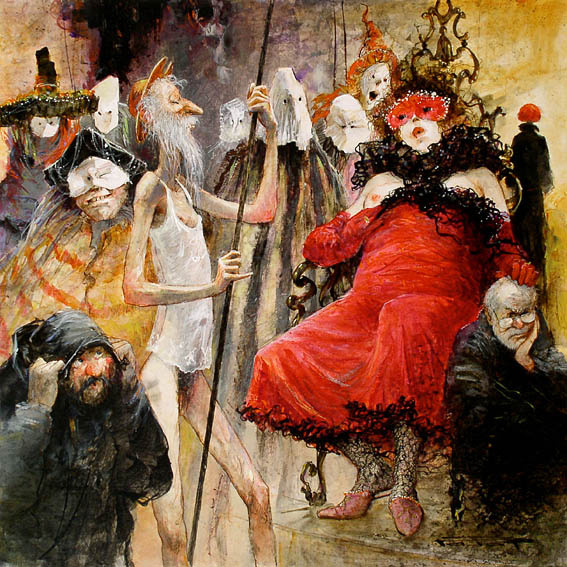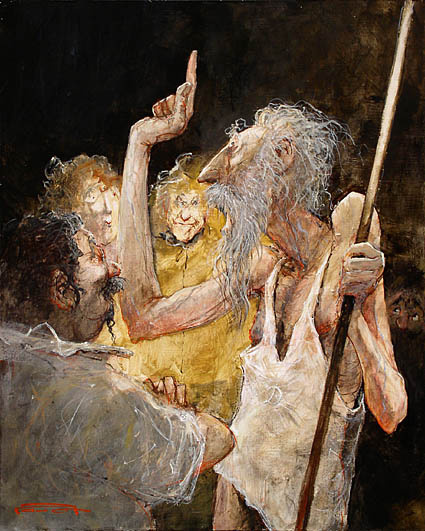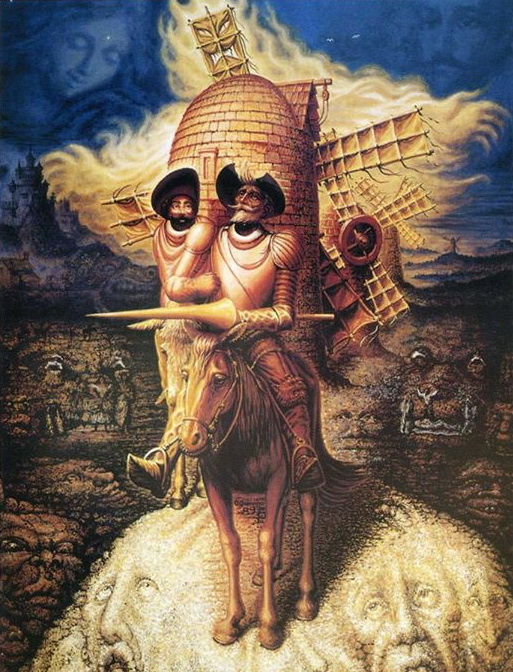
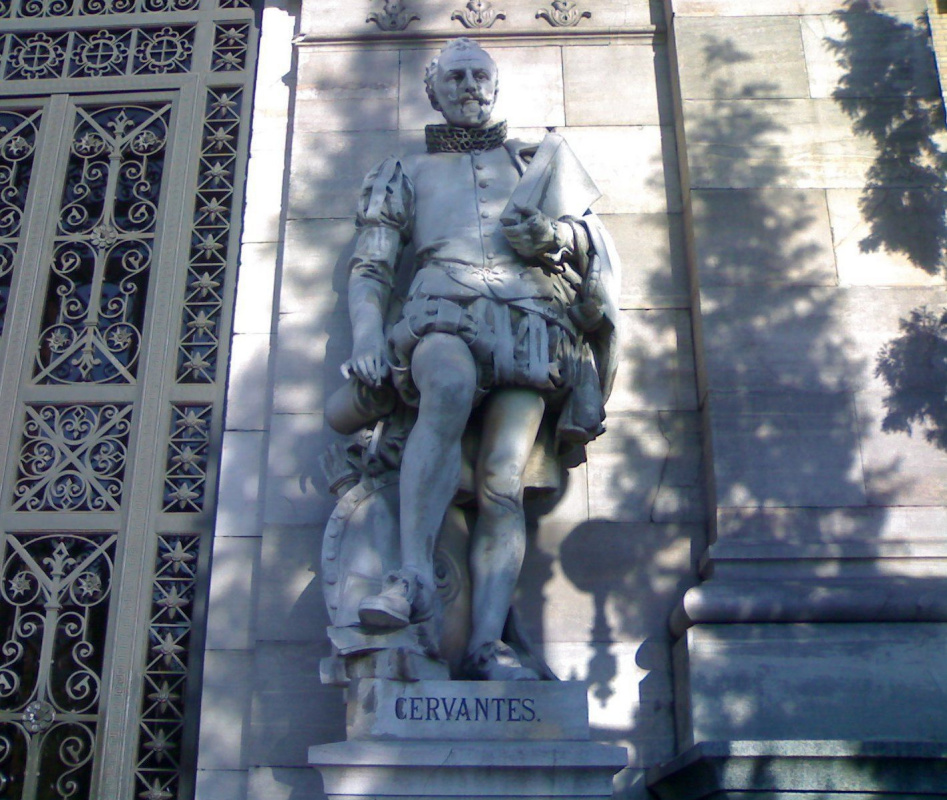
Coypel created 28 cartoons depicting scenes from the story of Don Quixote for tapestries produced by the ‘Manufacture Royal des Goblins'. They were a great success, so they were endlessly woven from 1714 to 1794. Even the well-remembered classic deer from grandmothers nice interiors are very far from them!
J. Paul Getty Museum
Don Quixote reading the chivalric romance does not feel any inspiration or impulse, the hero has no desire to go in search, he feels the spent life. The artist reflects on his path, perhaps even on his vain attempts to change the world and to fight the evil — which Daumier did in his caricatures. All his life, he worked as a cartoonist for Le Charivari magazine, portrayed all strata of French society, and was fired from the newspaper at the end of his life. Daumier died broke.
The beginning and flourishing of his work are represented by realistic pictures or caricatures in which he made fun of politicians and bourgeois, and at the end of his life, Daumier took a philosophical direction. The artist chose his hero — Don Quixote — as a symbol of a lonely idealist, a staunch fighter against the Invincible. In the last work of the series, Don Quixote was left alone, even without his faithful companion Sancho Panza. However, his spear was up, and the knight continued his journey.
Dulcinea by A. Zverev
It took this virtuosic artist 40 minutes to create a masterpiece, he took commissions to paint portraits in order to survive. "youSit down, baby, I will perpetuate you," - a famous phrase Zverev used every time he began to draw a female portrait. The artist spent nights painting in the house of his friend and collector George Costakis, in the company of art lovers. Anatoly considered Leonardo da Vinci to be his teacher, and Zverev’s contemporaries called the artist a phenomenal person, whose paintings contain a crazy temperament that conveys the intensity of feelings.
In 1957, an international youth festival of abstract art was held in Moscow. The organisers of the festival held an art competition, and Zverev won it. By the way, the artist studied at the art school for only two years and was expelled, he made a living working as a painter in a park in Sokolniki and painting fences! At the competition, Anatoly got the golden medal from the chairman of the jury — the famous Mexican artist Siqueiros.
"Oh, Don Quixote of La Mancha, so sweet and dear to my heart, I love him so much,"
F. Chaliapin.






